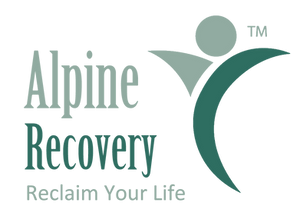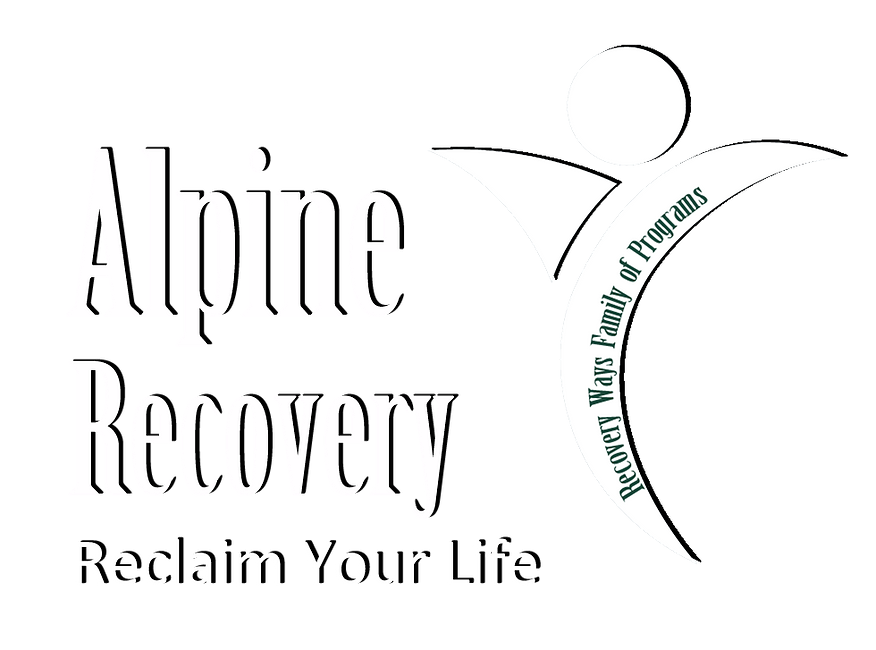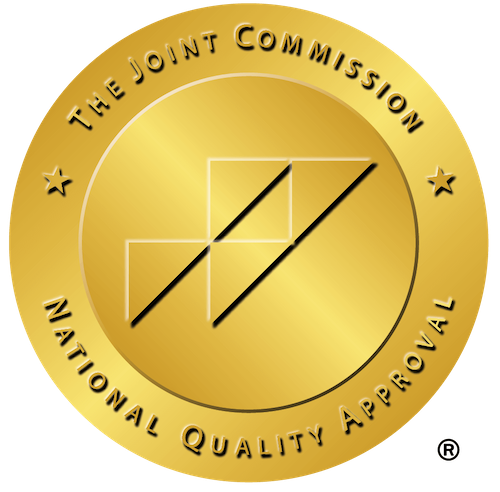Treatment Facility in Washington State
Finding the right treatment facility in Washington State can feel overwhelming, especially when facing the challenges of substance abuse or mental health struggles. Whether you’re searching for yourself or a loved one, making the right choice is pivotal for a successful recovery. Washington State is home to a wide variety of treatment centers, each offering unique programs and approaches to care. But how do you identify the right fit? This guide breaks down everything you need to know about selecting the ideal treatment facility in Washington State. From understanding the types of available programs to evaluating their quality, we’ll empower you to make an informed decision that supports long-term recovery. Choosing a treatment facility in Washington State involves more than finding a convenient location. Here’s a deeper look into the critical factors to evaluate:
1. Location
Should you stay close to home, where you have the comfort of familiar surroundings and support from loved ones, or travel farther away to seek treatment at a specialized facility that might offer advanced care?
- Staying Local provides easier access to family support, allowing loved ones to play an active role in the recovery process. It also ensures continuity in professional care after treatment, as patients can maintain strong relationships with their healthcare providers and access follow-up services more conveniently.
- Seeking Distance can help you step away from triggering environments and negative influences, providing a much-needed break to clear your mind and reset. By temporarily removing yourself from stressful situations, you create the space needed to reflect on your emotions, regain a sense of control, and focus on personal well-being. This intentional act of stepping back can be a powerful way to prioritize your mental health and rebuild your inner strength.
Evaluate your needs carefully—some prefer the comfort of home, while others thrive in new surroundings that support a fresh start.
2. Types of Treatment Programs Offered
Not all treatment facilities provide the same level of care, and it’s important to understand the differences when deciding what’s best for your needs. Treatment programs vary significantly in their approach, structure, and intensity. Here are the three major types of programs to consider, each offering unique benefits depending on your situation:
- Inpatient Treatment
Provides an immersive, structured environment where individuals live onsite throughout their treatment, allowing them to fully focus on their recovery without outside distractions. Ideal for severe cases, this program offers round-the-clock supervision, intensive care, and personalized therapeutic support in a safe and nurturing setting. It prioritizes creating a fully supportive atmosphere that promotes healing and long-term progress.
- Outpatient Programs
Allows patients to live at home while attending scheduled therapy and counseling sessions at a treatment center. This option provides greater flexibility, enabling individuals to maintain their daily routines, such as work, school, or family responsibilities, while receiving professional care. It is best suited for those with milder cases of mental health or substance use concerns and who have a supportive and stable home environment to aid in their recovery.
A hybrid of inpatient and outpatient care, this program provides hospital-level intensity and support during the day while allowing individuals to return home in the evening, offering the best of both worlds. It’s designed for those who need a structured treatment environment but also benefit from the comfort and flexibility of being at home. Choose the program that aligns with the severity of your condition, your treatment goals, and your personal circumstances, ensuring the right balance of care and independence.
3. Specializations
Some treatment centers specialize in specific addictions or co-occurring disorders like trauma, anxiety, or depression. These facilities offer programs tailored to the unique needs of individuals, ensuring personalized care. Choosing a center experienced in your challenges is crucial, as it allows you to work with professionals who understand your situation and can adapt their approach. For example, a dual-diagnosis program treats both addiction and mental health concerns, offering a more integrated treatment plan. This holistic approach addresses both issues together, reducing relapse risk and improving long-term recovery. Taking the time to choose the right center can make a big difference on the path to healing.
4. Cost and Insurance
Treatment costs can vary widely depending on the type of care you need, the provider you choose, and your location. Factors such as whether the care is routine or specialized, if the provider is in-network or out-of-network, and even regional differences in healthcare pricing can all impact the final cost. It’s important to:
- Verify insurance coverage to ensure your plan is accepted by the treatment facility in Washington State and to fully understand what services are covered under your policy. Take the time to review co-pays, deductibles, and any out-of-pocket expenses you might incur. Most facilities work with a variety of provider plans, so it’s worth confirming the details directly with your insurance provider or the facility itself to avoid unexpected costs.
- Ask about payment plans, sliding scales, or financial assistance programs that may be available to make treatment more affordable. Many treatment centers offer flexible options to accommodate different financial situations, so it’s worth exploring what they can provide. Don’t hesitate to reach out to treatment centers directly for guidance—they’re experienced in helping individuals navigate payment options and will work with you to find a solution that fits your needs.
5. Amenities and Activities
Recovery isn’t limited to therapy sessions alone. Complementary services, such as yoga, meditation, and art therapy, provide additional tools to help individuals manage stress, build mindfulness, and express emotions in a healthy way. Access to fitness centers can also play a crucial role, offering physical outlets that release endorphins and improve overall health. These activities not only enhance mental and physical well-being but also make the recovery process more holistic, engaging, and enjoyable, helping individuals feel more empowered on their journey to healing.

Types of Treatments Available in Washington State
Understanding the types of treatments available is key to finding the right program that meets your unique needs. Effective care goes beyond traditional therapy, incorporating a variety of approaches to support overall well-being. In Washington State, individuals have access to a diverse range of options, including evidence-based treatments like cognitive-behavioral therapy (CBT) and medication management, as well as alternative approaches such as mindfulness practices, art therapy, and holistic wellness programs. This broad spectrum ensures that everyone can find the support they need to heal and thrive.
1. Cognitive-Behavioral Therapy (CBT)
A staple in addiction treatment, Cognitive Behavioral Therapy (CBT) is a proven approach that helps individuals identify and challenge harmful thought patterns while developing healthier coping strategies. This evidence-based method focuses on exploring the connections between thoughts, feelings, and behaviors, empowering individuals to manage triggers and prevent relapse. Many rehabilitation centers in Washington incorporate CBT as a core part of their treatment programs, using it to address underlying emotional triggers such as anxiety, depression, or trauma that often contribute to addiction. By equipping individuals with practical tools, CBT plays a key role in fostering long-term recovery and emotional well-being.
2. Group Therapy
Group therapy fosters connection, empathy, and accountability in a supportive and understanding environment. By sharing personal stories and experiences, individuals can feel less alone in their struggles and gain valuable insights from others facing similar challenges. Learning alongside peers who truly understand what you’re going through not only provides emotional support but also helps build a sense of community and mutual encouragement. This shared journey can be a powerful tool in promoting growth, healing, and long-term recovery.
3. Medication-Assisted Treatment (MAT)
Medication-Assisted Treatment (MAT) uses FDA-approved medications, such as methadone and buprenorphine, to help ease withdrawal symptoms and reduce cravings, making the recovery process more manageable. This approach is combined with counseling and behavioral therapies to provide holistic care that addresses both the physical and emotional aspects of addiction. Whether you’re struggling with opioid or alcohol dependency, MAT offers a proven and effective option to support your journey toward recovery, helping you regain control and improve your quality of life.
4. Alternative Therapies
Facilities often complement evidence-based approaches with holistic and experiential therapies, incorporating methods designed to address the emotional, mental, and physical well-being of individuals. These therapies may include activities such as art therapy, mindfulness practices, outdoor adventures, or yoga, providing a more comprehensive approach to healing and personal growth.
- Yoga and Meditation are powerful practices that help reduce stress, enhance mental clarity, and improve overall well-being. Yoga combines physical postures, breathing techniques, and mindfulness to promote strength and flexibility, while meditation focuses on calming the mind and fostering inner peace. Together, they create a holistic approach to maintaining both mental and physical health.
- Art or Music Therapy offers a unique way to explore emotions creatively, whether through painting, drawing, sculpting, playing instruments, singing, or simply listening to music. These therapies provide a safe, non-verbal outlet for processing feelings, reducing stress, and encouraging self-expression. They can be especially beneficial for individuals who find it difficult to express themselves through words, fostering healing and personal growth in a supportive environment.
- Equine Therapy is a therapeutic approach designed to foster responsibility, empathy, and emotional growth. Participants build meaningful connections with horses through activities such as feeding, grooming, and caring for them, as well as engaging in guided exercises like riding or groundwork. This unique interaction helps individuals develop trust, improve communication skills, and enhance emotional regulation in a calming, supportive environment.
These options aim to create a well-rounded recovery experience.
Why a Personalized Approach is Key
Each person’s recovery path is unique, and the treatment plan should reflect that. The best facilities will craft a personalized treatment roadmap based on your specific challenges, medical history, and goals—tailoring care to maximize success. For example, someone recovering from alcohol addiction with co-occurring depression may require medications, an emotional support group, and individualized therapy all combined into one program.
Taking the Next Step
Making the decision to seek help is brave and life-changing. Once you’ve identified your needs, researched facilities, and aligned resources, here are your next steps:
- Contact treatment centers directly to ask any questions you may have, learn more about their services, and confirm specific program offerings that align with your needs. This step ensures you have accurate and up-to-date information before making a decision.
- Visit facilities in person if possible, to get a firsthand sense of the environment. This allows you to assess the cleanliness, safety measures, and overall atmosphere, while also determining if it feels comfortable and compatible with your needs or those of your loved ones.
- Consult your healthcare provider or a licensed counselor for personalized guidance in narrowing down your choices. They can help assess your specific needs, discuss any underlying health concerns, and recommend options that align with your goals and overall well-being.
Remember, the right choice is the one that aligns with your goals and makes you feel supported—from the very first call to the end of the recovery program.
Conclusion
Washington State is more than just a scenic gem in the Pacific Northwest—it’s also home to some of the nation’s leading treatment facilities, dedicated to helping individuals overcome challenges and reclaim their lives. From evidence-based therapies to holistic approaches, these facilities offer a wide range of treatment options tailored to meet diverse needs, ensuring every individual has a pathway to recovery. Whether you’re navigating this process for yourself or supporting someone you care about let us assist you along your journey simply by calling 1 (360) 658-1388 or click Alpine Recovery. Recovery doesn’t happen overnight—it’s a journey that requires patience, determination, and a strong support system. With the right resources, however, it is absolutely achievable. Take the first step today by researching treatment facilities in Washington State, where hope and healing await. Your brighter, healthier future begins now.



